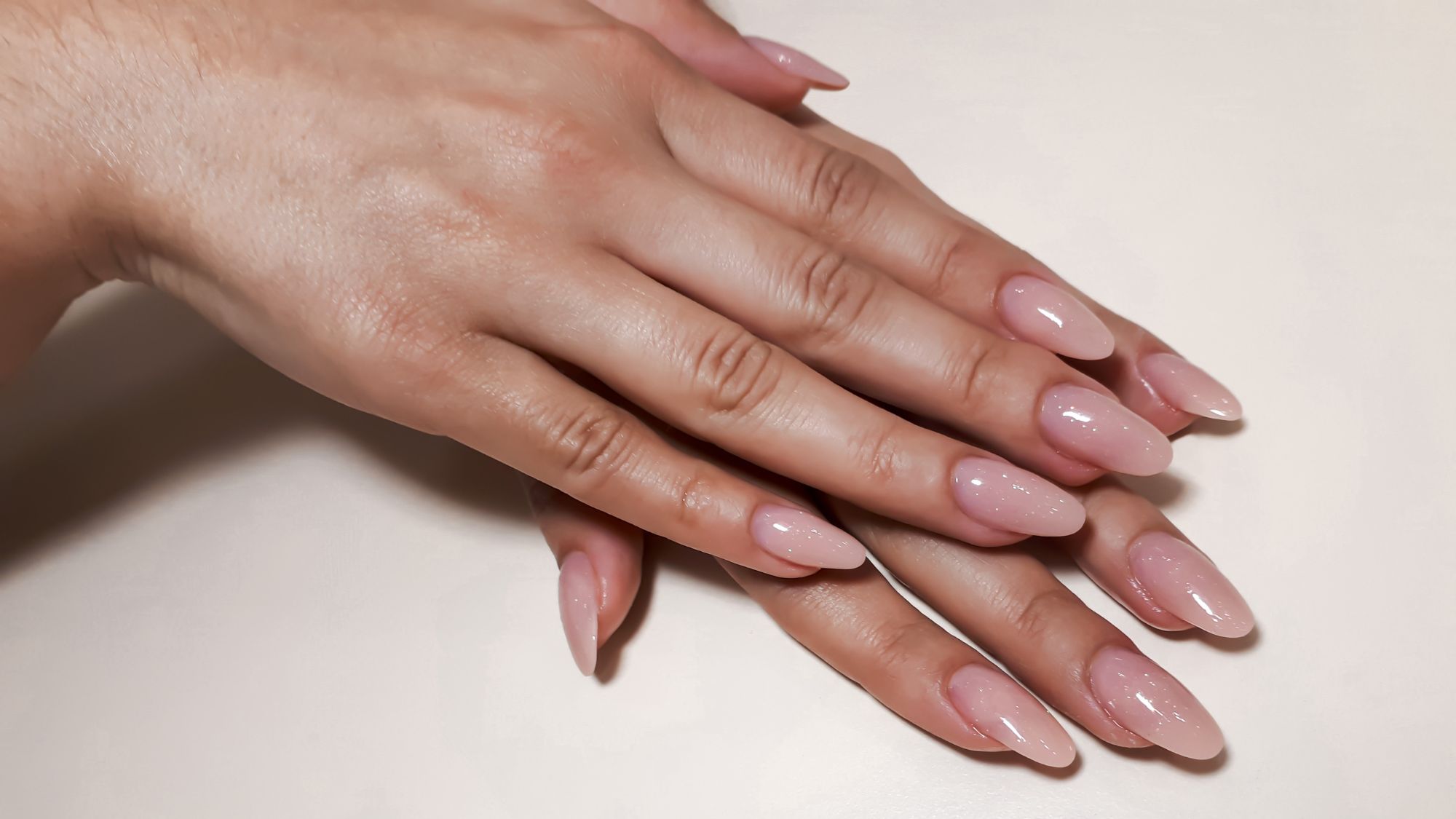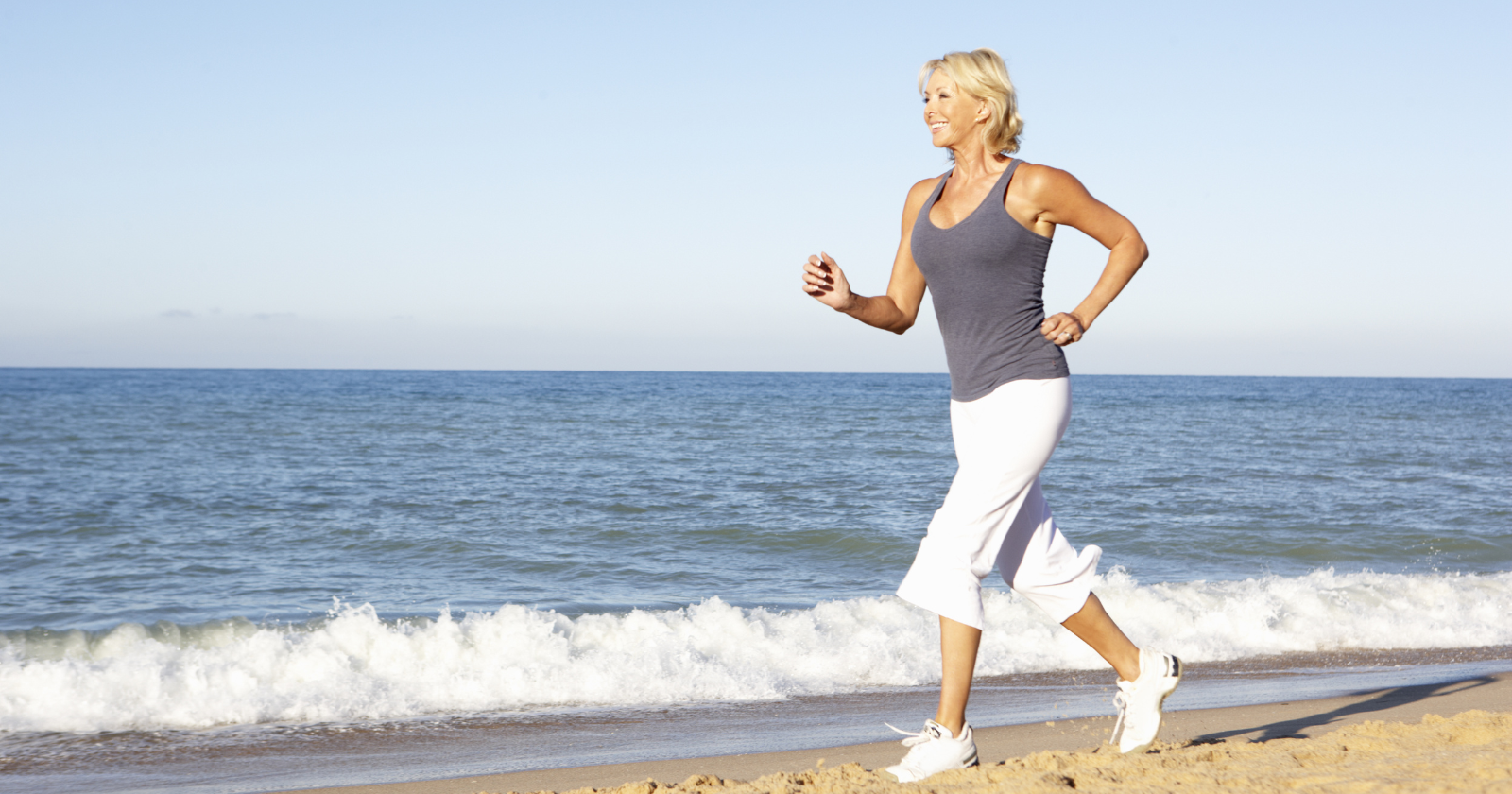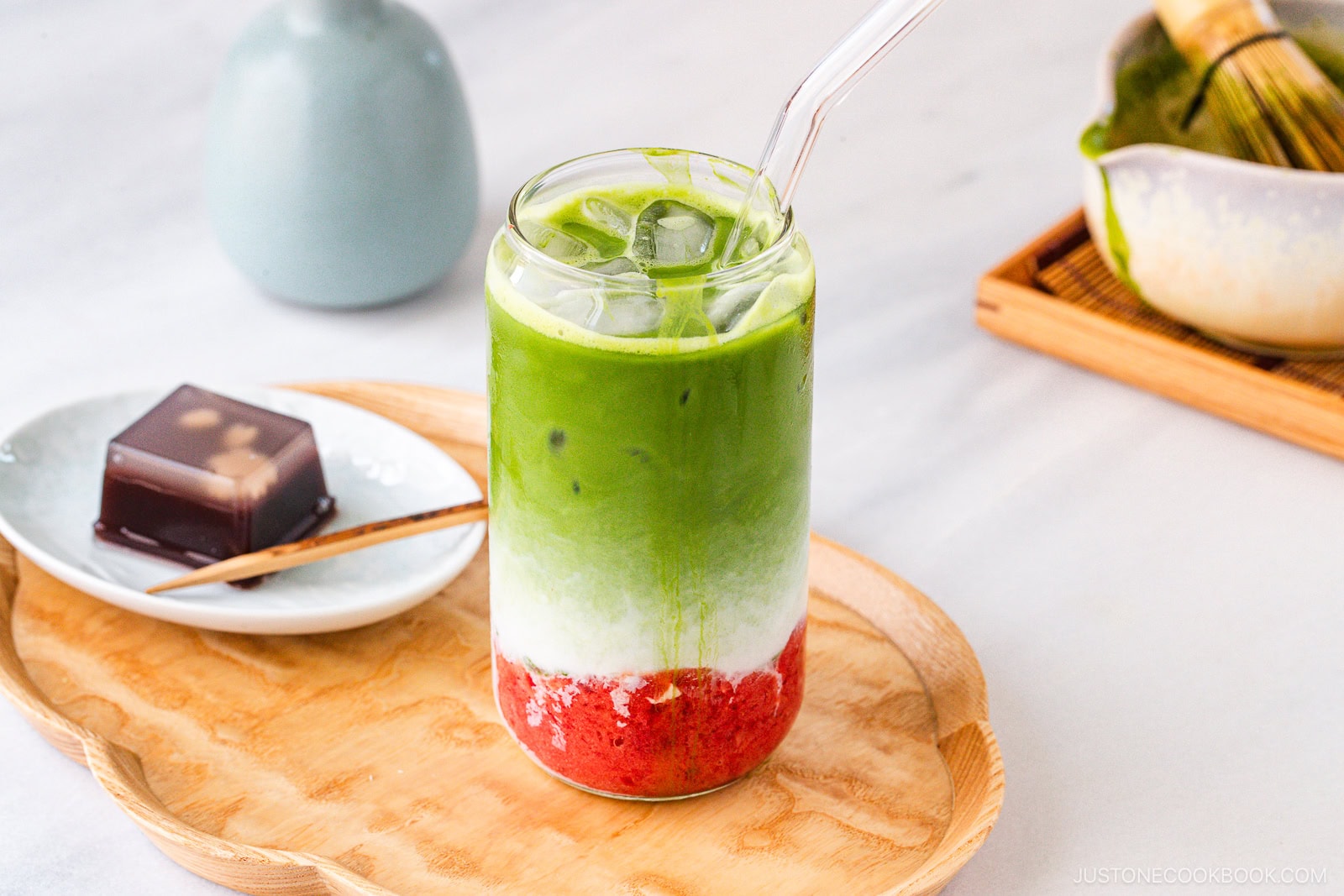A plant-based chef said "you don't have to love cooking - you just have to stop fearing food" - here's how mindset changes meals
A chef’s simple mantra helped me trade kitchen panic for playful curiosity—proving that mindset, not talent, is the real secret ingredient.
I met Chef Lina Kao at a community fundraiser last spring. She’d just finished plating jackfruit carnitas for two hundred guests when I told her, with a self‑deprecating laugh, that I respected her passion because “I’m terrible in the kitchen.”
She tilted her head, wiped guajillo sauce from her wrist, and said the line that stuck: “You don’t have to love cooking—you just have to stop fearing food.”
The words landed harder than any critique from culinary school. I realized I’d been carrying a quiet dread of messing up meals: burning tofu, oversalting beans, wasting expensive spices.
That fear turned dinner into a nightly gamble — would I ruin the ingredients and the mood?
Lina’s sentence reframed the entire problem: maybe I didn’t lack skill; maybe I was rehearsing failure before I even picked up the knife.
Fear and cooking might sound mismatched — what’s scary about carrots?
Yet psychologists call this flavor of dread “anticipated shame.”
We picture the disappointed partner pushing limp pasta around a plate, the Instagram‑unworthy blob of beet hummus, the tiny voice whispering, See? You’re not a real adult.
Anticipated shame triggers avoidance circuits. The same amygdala activation that warns us away from cliffs can also nudge us toward takeout menus.
My own pattern proved it: the more I told myself “I’m hopeless,” the more I defaulted to microwave oats for dinner.
Convenience disguised panic.
Neurologically, repeated avoidance tightens the feedback loop. Dopamine rewards escape from discomfort (ordering in). The prefrontal cortex never gets practice regulating the heat‑of‑the‑moment stress (literally stovetop heat).
Over time, the brain files cooking under “threat,” just like public speaking or dentist drills.
Back at the fundraiser, I asked Lina how she’d coach a kitchen coward. She handed me a spoonful of salsa roja and said, “Taste it. Don’t judge, don’t plan—just sense.”
She calls this her “two‑minute sensory anchor.”
The premise: before you dice or sauté, anchor awareness in smell, texture, temperature. It interrupts doom‑scroll thought patterns and recruits the insula — a brain region linked to interoception, our ability to feel internal states.
When the insula is active, anxiety circuits quiet down. The body can’t simultaneously savor lime zest and flash worst‑case scenarios.
I tried it the next morning slicing strawberries. I inhaled their tart perfume, noted the sticky juice on my fingertips, heard the faint thunk against the cutting board. Two minutes later, surprise: I felt calm. And curious.
Curiosity turned into action — I made chia pudding instead of grabbing a granola bar.
The food wasn’t fancy, but the process felt less loaded.
Where does spatula dread originate? Many of us absorb “kitchen competence” as a marker of worth.
My mother cooked flawless Sunday roasts — any deviation from her method felt sacrilegious. Friends raised on packaged meals equated scratch cooking with overwhelm.
Diet culture adds another layer: food becomes math (macros, guilt points) rather than nourishment.
Fear sprouts in those tangled narratives. Chef Lina frames them as inherited myths: “We’re raised on recipes and rules. Break a rule, and the myth says you break your identity.”
Research on self‑efficacy supports her view. Albert Bandura showed that belief in one’s capability predicts performance more than baseline skill.
If you enter the kitchen believing disaster is inevitable, cortisol spikes, fine motor skills falter, and—guess what—disaster often follows.
Repeating small wins flips the script, but you need a mindset that allows for experimentation first.
Inspired, I designed a low‑stakes challenge: cook plant‑based dinners for thirty nights, recording fear level (1–10) and what Lina calls “pleasure markers” (aroma, color, mouthfeel).
I chose embarrassingly simple dishes: roasted chickpeas, sautéed greens, peanut noodles. Fear level started at 7, dipped to 4 by Friday. Biggest revelation: the worst outcome—a slightly scorched skillet—wasn’t catastrophic. Soap and a scrub pad solved it.
Before each step I paused just like Lina taught: inhale spices, feel knife weight, listen for sizzle. Fear slipped beneath notice; intrigue took over. I tasted more, adjusted seasoning intuitively, felt a flicker of pride.
I swapped spinach for beet greens, tahini for almond butter, rice noodles for zucchini ribbons. Nothing exploded. One sauce was too sour — a dash of maple mellowed it. Fear score hovered at 2.
I hosted two friends, hearts pounding (fear 6). Made jackfruit tacos with charred pineapple salsa. They asked for the recipe. Fear dissolved into laughter. By the final day, the kitchen felt like a studio, not a minefield.
Neuroscience calls it habituation. Face the stimulus (stove flame) enough times under safe conditions, and the amygdala retires from its alarm post.
Asking “What happens if…?” moves attention from outcome to process.
Brain‑imaging studies show curiosity activates reward pathways similar to winning small bets. That dopamine fuels continued practice.
I didn’t upgrade a single gadget. My dollar‑store peeler shrieked but performed. The real upgrade was permission to botch a meal and still count it as data.
The taco dinner provided social proof: others enjoyed my cooking.
Bandura, a famous psychologist I mentioned above, calls this vicarious experience — seeing peers validate your skill cements self‑efficacy faster than solitary practice.
Once fear recedes, nutritional variety blooms. I started adding bitter dandelion greens, chewy farro, miso‑glazed eggplant.
Dietitians preach diversity for microbiome health — mindset opened that door. I also noticed a shift in portion feeling. Absent anxiety, I ate slower, sensed fullness sooner, and stopped finishing plates out of guilt.
Emotional regulation studies link reduced stress to better interoceptive accuracy — exactly what happened when sensory anchoring quieted my nerves.
Money benefited too.
Home‑cooked dinners averaged $4 a serving, versus $14 takeout. The savings funded a weekend hiking trip, reinforcing the positive loop: cooking grants not just nutrients but lifestyle flexibility.
None of these tips require gourmet aspirations. They require, as Lina said, disarming fear. Love for cooking may follow; competence almost certainly will.
I still don’t idolize cooking shows, but I no longer call myself hopeless.
Chef Lina’s mantra—“stop fearing food”—turned the kitchen from a threat zone to a playground.
My dinners aren’t always photo‑worthy, yet they’re alive with color and curiosity.
And each time I slice, spice, or sizzle, I’m reminded that mindset is the secret seasoning: invisible, potent, and capable of transforming raw anxiety into nourishment.
Ever wonder what your everyday habits say about your deeper purpose—and how they ripple out to impact the planet?
This 90-second quiz reveals the plant-powered role you’re here to play, and the tiny shift that makes it even more powerful.
12 fun questions. Instant results. Surprisingly accurate.
Recommended Articles
Ever Felt Burning After A Gel Mani? You Need HEMA-Free Polish | Marie Claire UK

Don't worry, you don't have to give up gels for good
CAELA OF CAELA ESTHETICS' SHARES HER SKINCARE PHILOSOPHY, STYLE ICONS, AND THE TREATMENTS WORTH GLOWING ABOUT - Daily Front Row

Caela Esthetics opened its doors above Melrose in 2024, but Caela has been reshaping skincare culture for over a decade.
7 powerful daily rituals people over 60 swear by for energy and clarity

Discover the timeless daily habits that help people over 60 stay sharp, energized, and grounded—without relying on trend...
Salmon Tacos

These easy salmon tacos are full of flavor and simple to throw together! Hit the easy button on dinner tonight without s...
Strawberry Matcha Latte

For a refreshing afternoon pick-me-up, make my easy iced Strawberry Matcha Latte recipe at home with sweet strawberries ...
How To Lose Belly Fat In Just 2 Weeks: This Fat-Burning Shot Might Actually Work - NDTV Food

Reference #18.af8e655f.1752511900.ae0832
You may also like...
Diddy's Legal Troubles & Racketeering Trial

Music mogul Sean 'Diddy' Combs was acquitted of sex trafficking and racketeering charges but convicted on transportation...
Thomas Partey Faces Rape & Sexual Assault Charges

Former Arsenal midfielder Thomas Partey has been formally charged with multiple counts of rape and sexual assault by UK ...
Nigeria Universities Changes Admission Policies

JAMB has clarified its admission policies, rectifying a student's status, reiterating the necessity of its Central Admis...
Ghana's Economic Reforms & Gold Sector Initiatives

Ghana is undertaking a comprehensive economic overhaul with President John Dramani Mahama's 24-Hour Economy and Accelera...
WAFCON 2024 African Women's Football Tournament

The 2024 Women's Africa Cup of Nations opened with thrilling matches, seeing Nigeria's Super Falcons secure a dominant 3...
Emergence & Dynamics of Nigeria's ADC Coalition

A new opposition coalition, led by the African Democratic Congress (ADC), is emerging to challenge President Bola Ahmed ...
Demise of Olubadan of Ibadanland
Oba Owolabi Olakulehin, the 43rd Olubadan of Ibadanland, has died at 90, concluding a life of distinguished service in t...
Death of Nigerian Goalkeeping Legend Peter Rufai

Nigerian football mourns the death of legendary Super Eagles goalkeeper Peter Rufai, who passed away at 61. Known as 'Do...